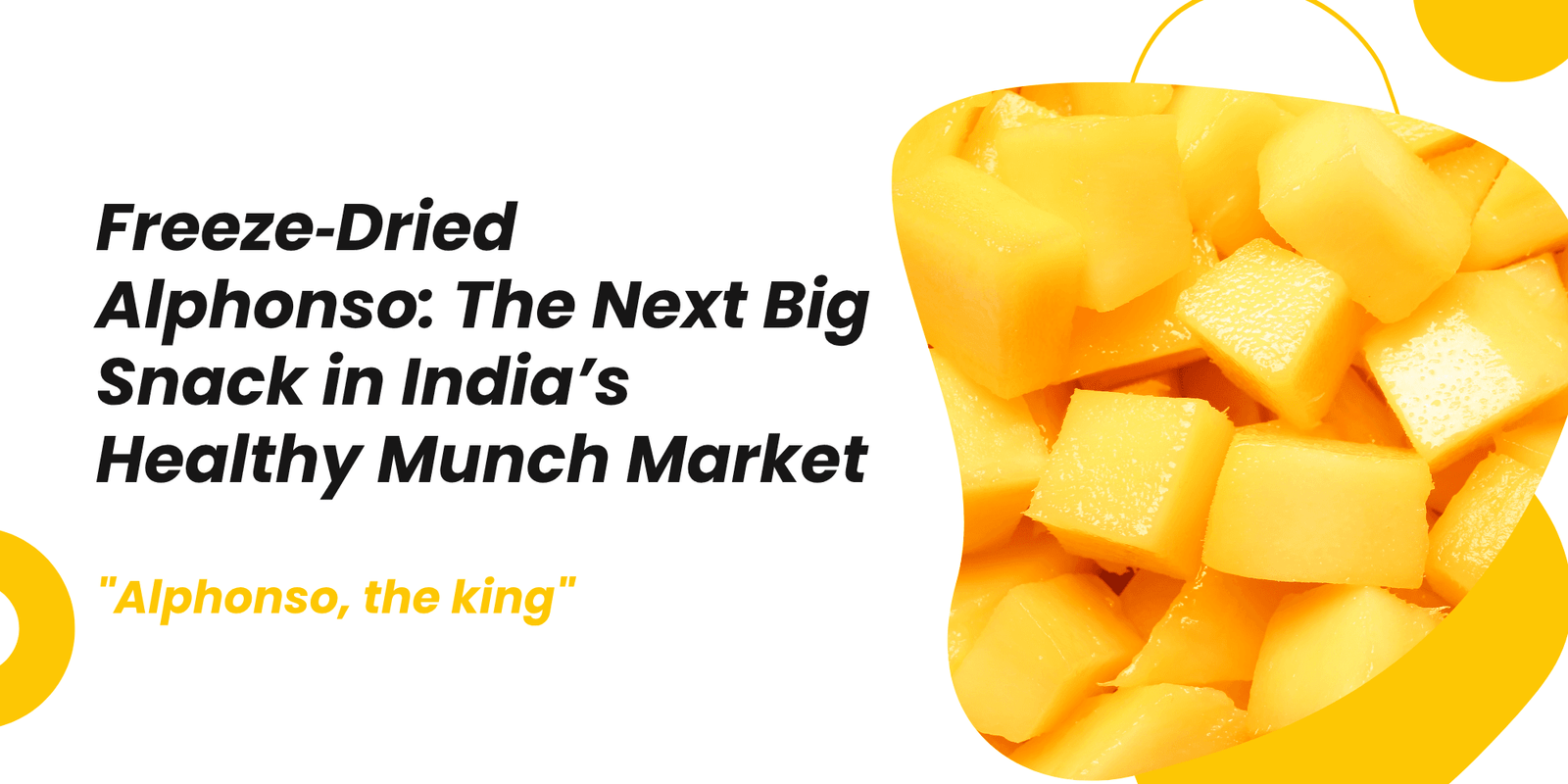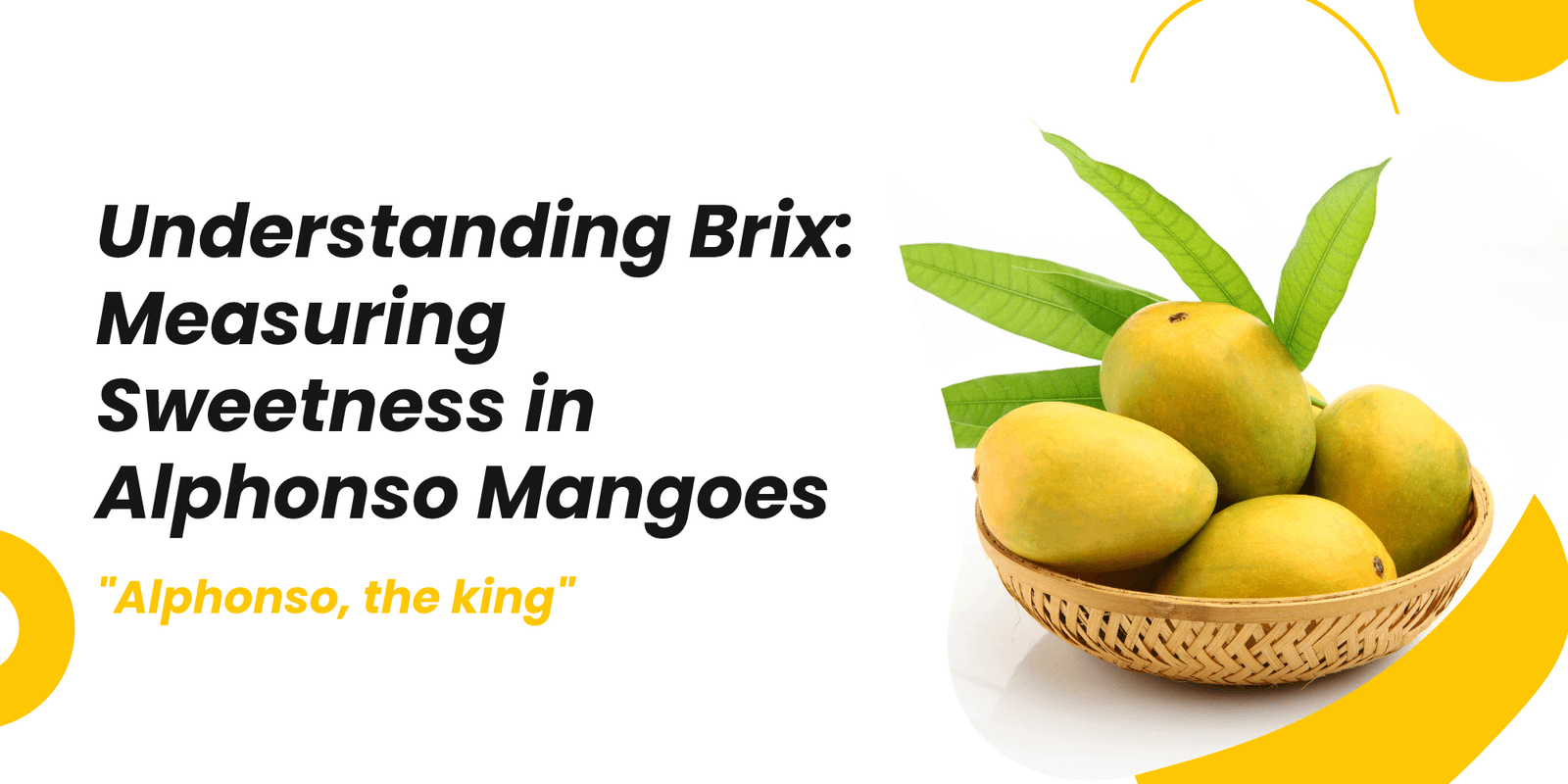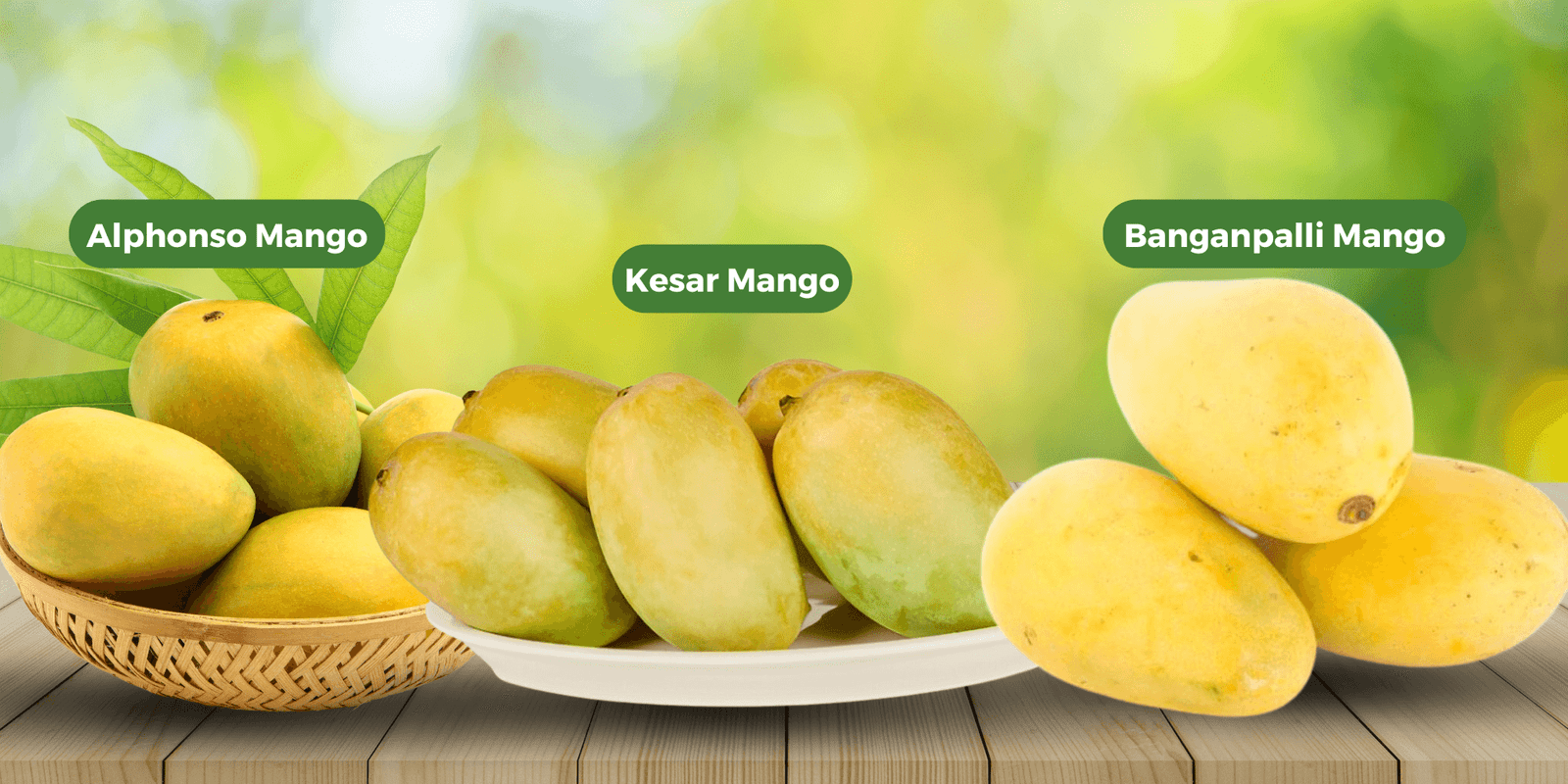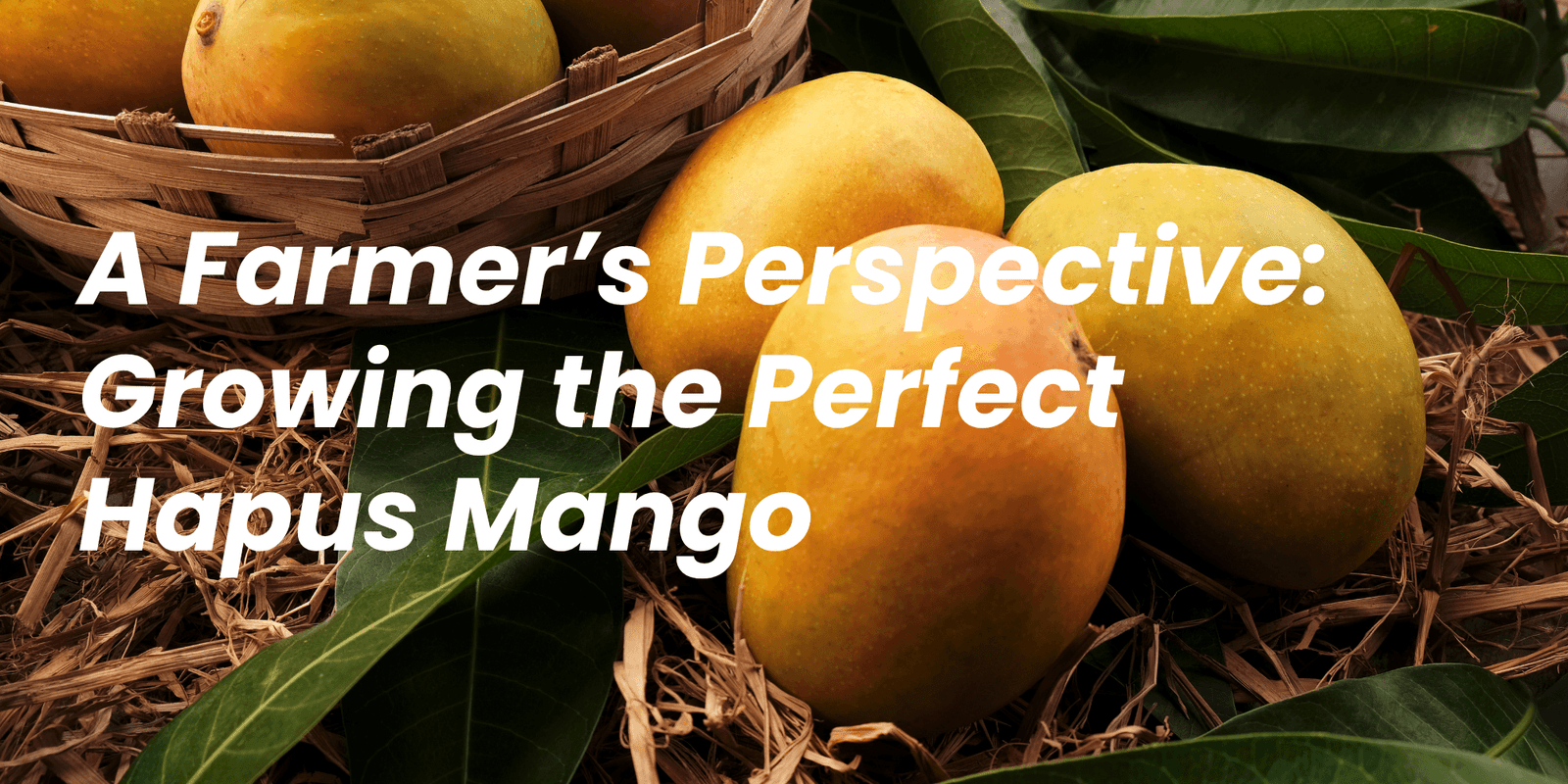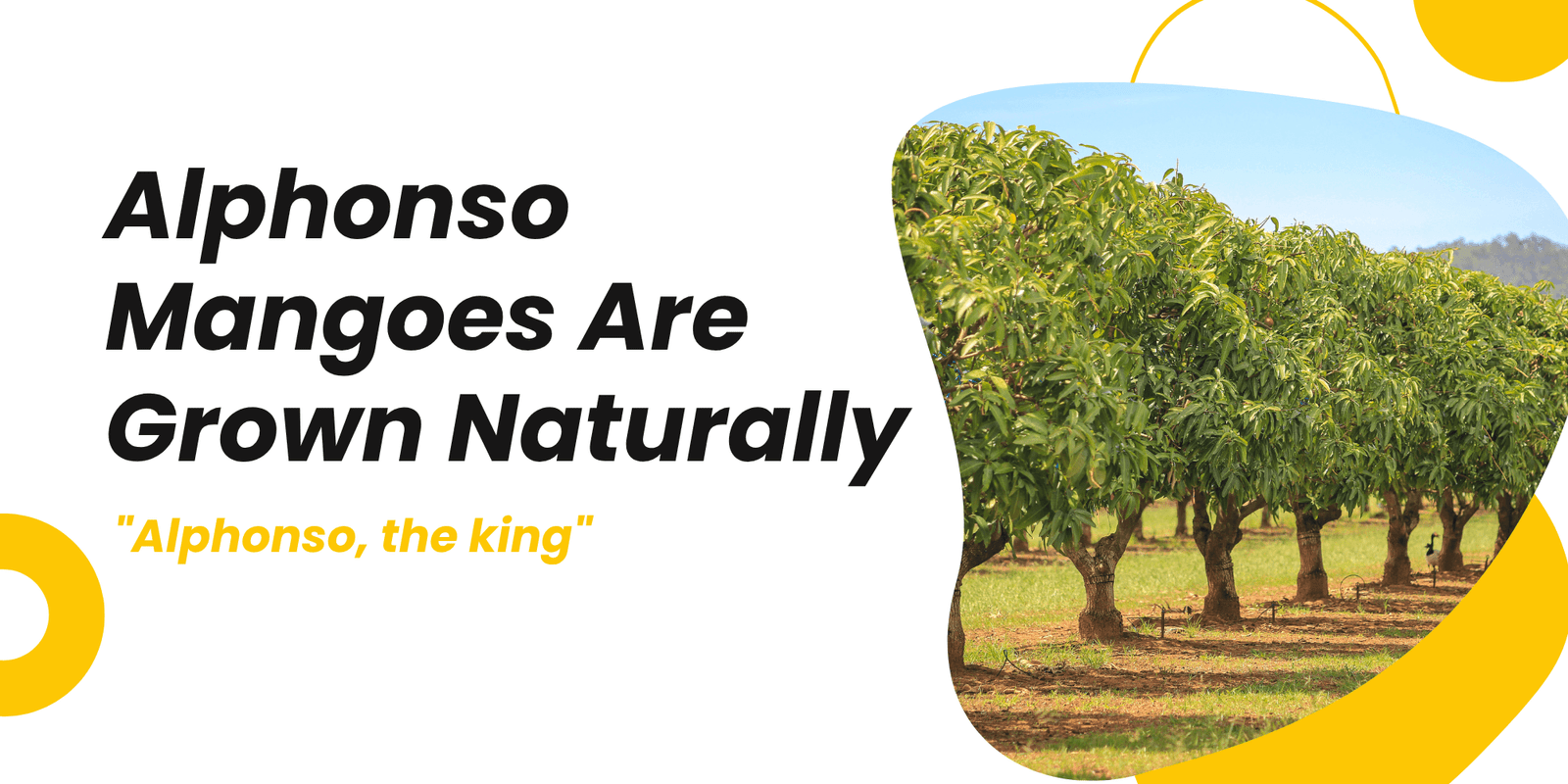
Alphonso mangoes already top every fruit lover’s list, but the new wave of health‑conscious millennials wants flavor without the sugar crash. Enter low‑sugar mango mocktails—fresh, bright, and packed with the natural sweetness of Alphonso pulp. These drinks skip refined syrups and embrace whole ingredients, sparkling water, and guilt‑free sweeteners. Whether you’re hosting a brunch, winding down after yoga, or simply craving a hydrating pick‑me‑up, these five recipes keep calories in check while delivering that unmistakable Hapus taste.
Why Choose Alphonso for Mocktails?
Alphonso mangoes provide a naturally sweet, floral note that needs very little extra sugar. With a Brix reading of 18–22, they lend enough body to balance soda or tonic water. Their vibrant saffron hue also makes every glass pop on social media feeds—no artificial coloring required. When you rely on GI‑certified Ratnagiri or Devgad pulp, you support farmers who ripen fruit naturally without chemicals.
The Low‑Sugar Rulebook
Swap sugary mixers for:
- cold‑pressed Alphonso pulp or unsweetened fresh juice
- stevia, monk fruit, or a drizzle of raw honey if a recipe needs more sweetness
- sparkling water, kombucha, or coconut water instead of soda
- fresh herbs, citrus wedges, and spices to add flavor without calories
Five Easy Mocktails (Serves 1 each)
1. Sparkling Saffron Mango Cooler
Ingredients
3 tbsp Alphonso pulp
200 ml chilled sparkling water
juice of half a lime
1 pinch saffron threads
crushed ice
Method
Stir pulp, lime juice, and saffron in a tall glass. Add ice, top with sparkling water, and gently swirl. Garnish with a lime wheel. Each glass clocks in under 60 kcal and feels festive enough for any party.
2. Mango‑Mint Kombucha Fizz
Ingredients
¼ cup unsweetened green‑tea kombucha
2 tbsp Alphonso pulp
5 fresh mint leaves, torn
100 ml chilled still water
ice cubes
Method
Muddle mint with pulp, add kombucha, then pour water and stir. Drop in ice cubes and garnish with a mint sprig. The tangy kombucha adds probiotics, while Alphonso rounds out the flavor with no added sugar.
3. Coconut‑Mango Hydrator
Ingredients
½ cup tender coconut water
2 tbsp Alphonso pulp
1 tsp chia seeds, soaked 10 min
splash of lime
Method
Combine coconut water, pulp, and soaked chia in a mason jar. Add lime, shake, and chill for ten minutes so chia forms a light gel. This mocktail offers electrolytes, fiber, and no refined sugar—ideal after a workout.
4. Chili‑Lime Alphonso Spritz
Ingredients
3 tbsp Alphonso pulp
pinch of red chili flakes
200 ml club soda
juice of half a lime
salt for the rim
Method
Run a lime wedge around the rim, dip the glass in salt, then add pulp, lime juice, and chili flakes. Fill with soda and give a quick stir. The sweet‑spicy hit satisfies snack cravings with only 40 kcal per serving.
5. Ginger‑Turmeric Mango Tonic
Ingredients
150 ml sugar‑free ginger ale
2 tbsp Alphonso pulp
¼ tsp grated fresh turmeric
dash of black pepper
lemon twist
Method
Whisk pulp, turmeric, and pepper until smooth. Add ice, pour ginger ale, and garnish with a lemon twist. Turmeric’s earthy note pairs surprisingly well with Alphonso, while black pepper increases curcumin absorption.
Pro Tips for Perfect Mocktails
- Use chilled ingredients for maximum fizz and minimum dilution.
- Blend pulp in a blender for a silky texture if your pulp feels thick.
- Store opened pulp in an airtight glass jar and finish within seven days.
- Batch for parties by multiplying each recipe and mixing just before serving to keep carbonation lively.
Where to Get Pure Alphonso Pulp
For a faithful Hapus experience, choose naturally ripened, GI‑tagged Alphonso pulp from trusted sources like RatnagiriHapus.Store. Each tin is additive‑free, packed at source, and shipped nationwide in tamper‑proof boxes.
The Healthy Bottom Line
Low‑sugar mocktails bridge the gap between indulgence and wellness, letting you enjoy India’s finest mango throughout the year. With Alphonso’s robust natural sweetness, you need little else to craft refreshing drinks that fit calorie goals and clean‑label preferences.

